Should I Be Avoiding Gluten?
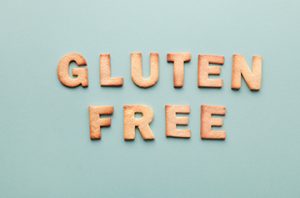 In the grocery store, you see packaging and advertisements touting gluten-free products. It can create an air of danger around gluten, but you don’t need to avoid it. Gluten isn’t necessarily bad for you unless you have a gluten allergy, intolerance, or celiac disease. It’s similar to lactose intolerance. Some people have difficulty digesting it, and others may have an allergy or condition that makes it hard on their body, but for most people, consuming gluten is okay. Gluten is a protein in wheat, rye, barley, triticale, malt, brewer yeast, and wheat starch.
In the grocery store, you see packaging and advertisements touting gluten-free products. It can create an air of danger around gluten, but you don’t need to avoid it. Gluten isn’t necessarily bad for you unless you have a gluten allergy, intolerance, or celiac disease. It’s similar to lactose intolerance. Some people have difficulty digesting it, and others may have an allergy or condition that makes it hard on their body, but for most people, consuming gluten is okay. Gluten is a protein in wheat, rye, barley, triticale, malt, brewer yeast, and wheat starch.
There are some benefits of including gluten in your diet.
There’s no question whether to include it in your diet if you’re gluten-sensitive, intolerant, or have celiac disease. For most people, it’s not necessary and can cause issues. Gluten-free products may substitute less healthy ingredients to get the same texture and flavor as those containing gluten. The recipes are higher in salt, saturated fat, or simple carbohydrates. It can also make it harder to get adequate nutrition. Your diet could lack iron, vitamins D and B, folic acid, and other essential nutrients.
Why is gluten intolerance becoming more common?
In the 1960s, farmers started growing a type of wheat higher in gluten. It’s now about 80% of the wheat grown. Why would farmers switch to that? It was in demand since it made the dough more elastic and stretchable. That results in denser, chewier bread that most people love. The more gluten you introduce into your system, the more potential for gluten intolerance. The body can’t digest the protein properly. With Celiac disease, the body’s reaction is worse. It’s an auto-immune disorder that affects the whole body, not just digestion.
Cutting back on gluten may not be so bad, even if you don’t have problems.
If you cut back on gluten-containing products but don’t replace them with alternatives, you might be healthier. That’s only if the products were highly processed with added sugar. Little Debbie cakes, Ho-Hos, and other high-calorie foods containing few nutrients contain gluten. It’s safe to say that cutting back can improve the health of every person. Don’t replace them with gluten-free junk food, like potato chips.
- When you shop for gluten-free items, you might be surprised at how expensive they are. While your body may not react well to gluten-containing items, your budget won’t fare as well to those gluten-free ones.
- Diabetics need to be more aware of the potential for celiac disease and problems with gluten. Studies show issues with gluten to be one in a hundred in the average population but one in ten in diabetics.
- Gluten is in many items you might not suspect. Soups, soy sauce, pasta, cereal, ketchup, and salad dressing all contain gluten. Some grains are naturally gluten-free. Fruits and vegetables also fall in that category.
- Many gluten-free alternatives are also low in fiber, magnesium, and folic acid. All those things are vital for good health. Fiber helps weight loss and keeps blood sugar levels stable.
For more information, contact us today at Wellness On A Dime Coaching
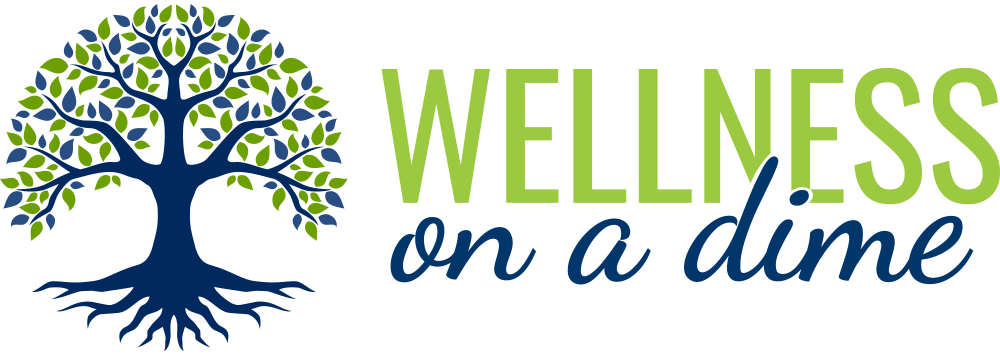


 Adding exercise to your daily routine can help your body and your brain. It’s especially beneficial for seniors. It can prevent muscle wasting that leads to weakness and bone loss. It boosts brain power and helps prevent dementia. It’s not easy growing older. You face the normal daily stressors, plus declining health due to aging. Aging takes its toll on both the body and the brain. Studies show that exercise helps depression and anxiety. It also helps slow Alzheimer’s and dementia. You don’t have to wait until you’re a senior. No matter what your age, you’ll improve your cognition.
Adding exercise to your daily routine can help your body and your brain. It’s especially beneficial for seniors. It can prevent muscle wasting that leads to weakness and bone loss. It boosts brain power and helps prevent dementia. It’s not easy growing older. You face the normal daily stressors, plus declining health due to aging. Aging takes its toll on both the body and the brain. Studies show that exercise helps depression and anxiety. It also helps slow Alzheimer’s and dementia. You don’t have to wait until you’re a senior. No matter what your age, you’ll improve your cognition.
 If you’re feeling anxious or a little depressed, it’s easy to understand. Many people in Louisiana are experiencing it. The world may feel a little more uncertain to you or moving too fast. Maybe a recent setback has caused it. Sometimes, you simply feel down and can’t pinpoint a reason. No matter what the cause, you have a mental health issue. If it’s severe or long-lasting, always seek professional help/ Starting an exercise program may be all that’s necessary for people with mild, more fleeting issues. Therapists are even using exercise as an adjunct therapy because it offers only benefits with no side effects, except a healthier body.
If you’re feeling anxious or a little depressed, it’s easy to understand. Many people in Louisiana are experiencing it. The world may feel a little more uncertain to you or moving too fast. Maybe a recent setback has caused it. Sometimes, you simply feel down and can’t pinpoint a reason. No matter what the cause, you have a mental health issue. If it’s severe or long-lasting, always seek professional help/ Starting an exercise program may be all that’s necessary for people with mild, more fleeting issues. Therapists are even using exercise as an adjunct therapy because it offers only benefits with no side effects, except a healthier body.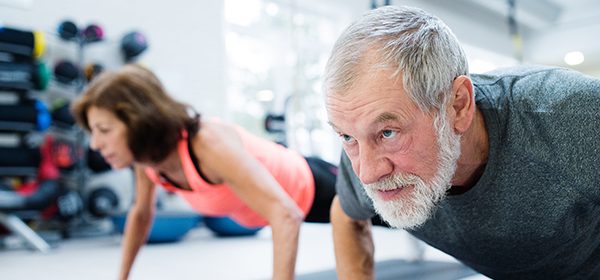
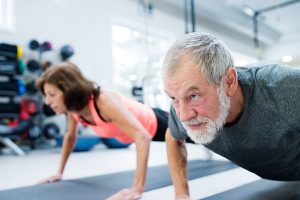 If you envision getting older means getting feeble and weak, so as you age, you do less and less, and you’re completing a self-fulfilling prophecy. Instead of being active, which would help you stay fit, you succumbed to inactivity, fearing that exerting yourself could cause injury. Rejoice that you’re getting older because it means you’re still alive. On the other hand, it’s vital to maintain your health with nutritious meals, plenty of exercise, and adequate sleep so you don’t look and feel older. It won’t guarantee you’ll live longer or feel better, but it gives you a huge advantage.
If you envision getting older means getting feeble and weak, so as you age, you do less and less, and you’re completing a self-fulfilling prophecy. Instead of being active, which would help you stay fit, you succumbed to inactivity, fearing that exerting yourself could cause injury. Rejoice that you’re getting older because it means you’re still alive. On the other hand, it’s vital to maintain your health with nutritious meals, plenty of exercise, and adequate sleep so you don’t look and feel older. It won’t guarantee you’ll live longer or feel better, but it gives you a huge advantage.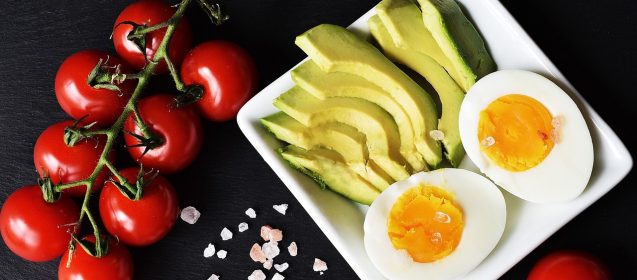
 Someone may have recommended you start a clean eating program to lose weight or become more fit. If you don’t know what clean eating is, you won’t know where to begin. Not all the food at the grocery is a healthy choice. Some food is nothing more than white flour and sugar with a few other ingredients to hold it together. It lacks nutrients. Eating clean means eating whole foods closest to their natural state, with minimal processing, which may include washing, freezing, cutting, cooking, and canning.
Someone may have recommended you start a clean eating program to lose weight or become more fit. If you don’t know what clean eating is, you won’t know where to begin. Not all the food at the grocery is a healthy choice. Some food is nothing more than white flour and sugar with a few other ingredients to hold it together. It lacks nutrients. Eating clean means eating whole foods closest to their natural state, with minimal processing, which may include washing, freezing, cutting, cooking, and canning.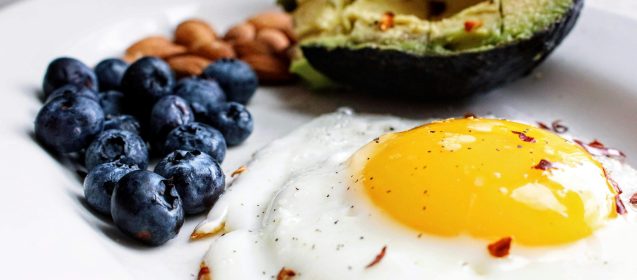
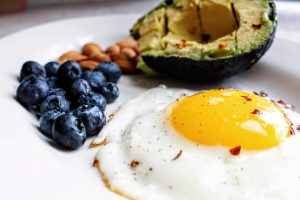 People often tell you how important breakfast is. You hear it on TV and probably heard it from your parents or a teacher growing up. Is that true, or is it an outdated belief? In earlier days, when people had to work hard in the fields, factories, and homes, breakfast gave them the energy to keep going. Today, with all the modern conveniences, including in fields and factories, eating a big breakfast isn’t as necessary for everyone. Eating breakfast may be vital for some, but not for others.
People often tell you how important breakfast is. You hear it on TV and probably heard it from your parents or a teacher growing up. Is that true, or is it an outdated belief? In earlier days, when people had to work hard in the fields, factories, and homes, breakfast gave them the energy to keep going. Today, with all the modern conveniences, including in fields and factories, eating a big breakfast isn’t as necessary for everyone. Eating breakfast may be vital for some, but not for others.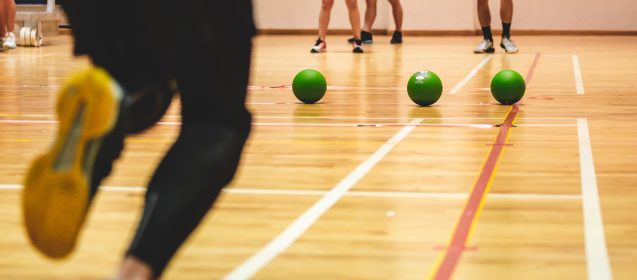
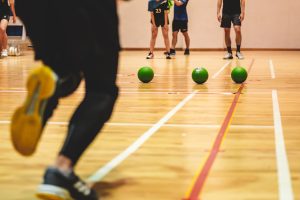 You can make exercise fun by doing it with others. That doesn’t necessarily mean joining a Jazzercise or other group exercise class. It could mean joining an adult sports league or meeting with people for a less formal, but consistent, sports competition. Playing, whether you’re playing softball or paintball, keeps you active. It also provides social interaction and makes exercise fun.
You can make exercise fun by doing it with others. That doesn’t necessarily mean joining a Jazzercise or other group exercise class. It could mean joining an adult sports league or meeting with people for a less formal, but consistent, sports competition. Playing, whether you’re playing softball or paintball, keeps you active. It also provides social interaction and makes exercise fun.
 If you’re from Louisiana, you know that many foods everyone loves aren’t always healthy and won’t build muscle. There are healthy foods that do build bulk that are delicious and ones you’d want to eat even if you weren’t getting stronger or bulking up. The most effective muscle-building diets are well-rounded and are higher in quality protein. That’s true even if you follow a vegan diet. The increased protein provides the materials necessary to build muscle tissue.
If you’re from Louisiana, you know that many foods everyone loves aren’t always healthy and won’t build muscle. There are healthy foods that do build bulk that are delicious and ones you’d want to eat even if you weren’t getting stronger or bulking up. The most effective muscle-building diets are well-rounded and are higher in quality protein. That’s true even if you follow a vegan diet. The increased protein provides the materials necessary to build muscle tissue.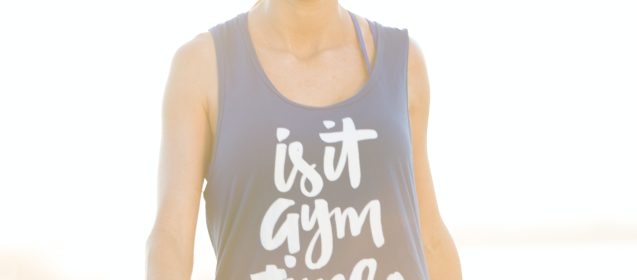
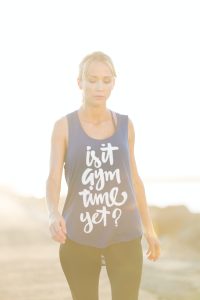 You know you should exercise more. Your dryer keeps shrinking your pants, and getting out of your chair is harder. Starting may be your problem. How do you motivate yourself to get fit? Lack of motivation is one of the biggest reasons people don’t exercise or lose weight. They often put it off until the time is right, which usually never occurs. Make time to start a fitness program and consistently stick with that plan.
You know you should exercise more. Your dryer keeps shrinking your pants, and getting out of your chair is harder. Starting may be your problem. How do you motivate yourself to get fit? Lack of motivation is one of the biggest reasons people don’t exercise or lose weight. They often put it off until the time is right, which usually never occurs. Make time to start a fitness program and consistently stick with that plan.
 One of the biggest groups in the workforce today is millennials. They’re the group of people born between 1981 and 1996. They’ve witnessed many changes in the workplace and how they workout. Exercising and fitness is a top priority. A recent study showed it was almost as important as family is for millennials. Since many fitness changes came while they were young, millennials aren’t locked into a particular program by habit. They consume healthier meals, smoke less, and exercise regularly. Eating healthy is more important than dieting to most millennials.
One of the biggest groups in the workforce today is millennials. They’re the group of people born between 1981 and 1996. They’ve witnessed many changes in the workplace and how they workout. Exercising and fitness is a top priority. A recent study showed it was almost as important as family is for millennials. Since many fitness changes came while they were young, millennials aren’t locked into a particular program by habit. They consume healthier meals, smoke less, and exercise regularly. Eating healthy is more important than dieting to most millennials.